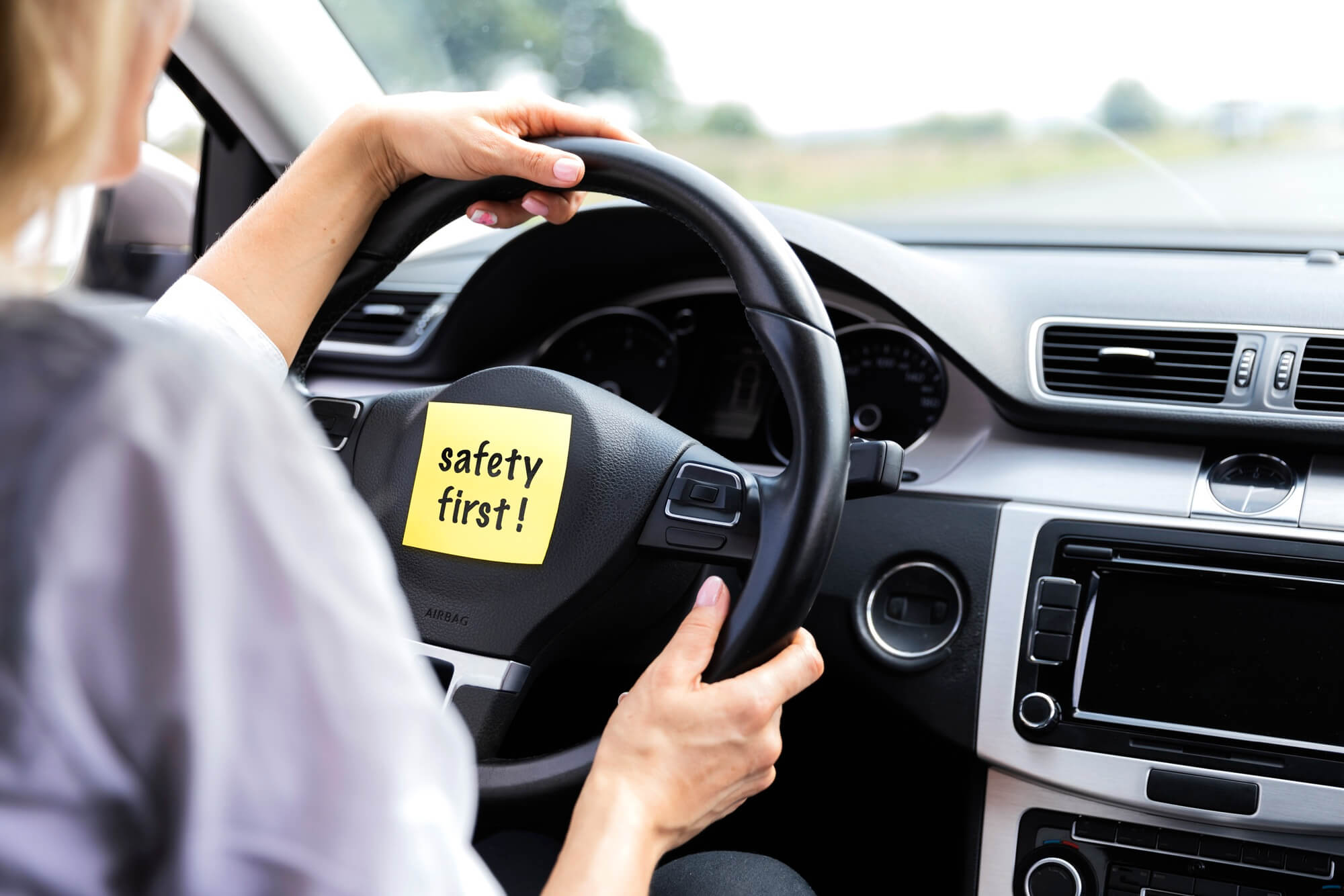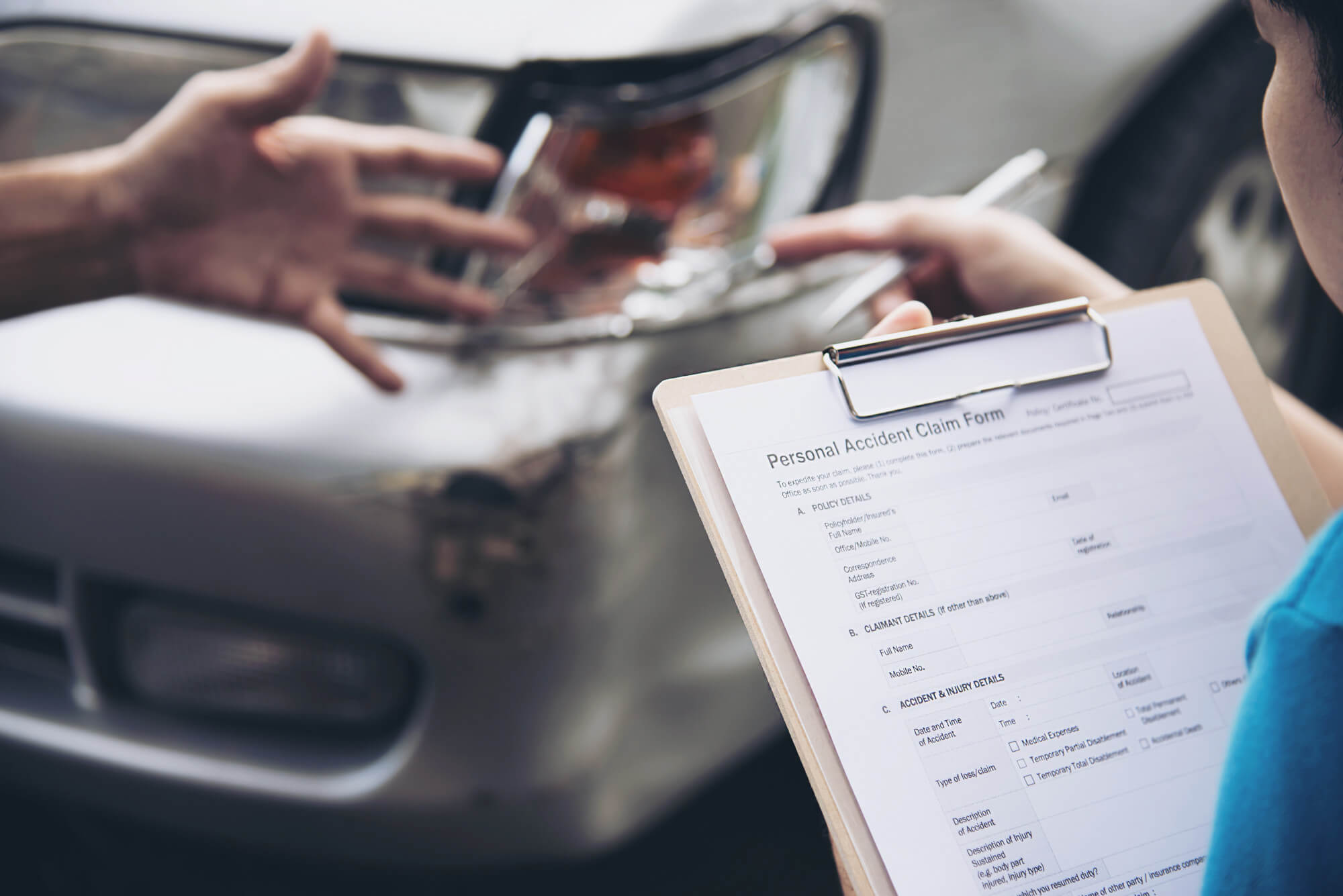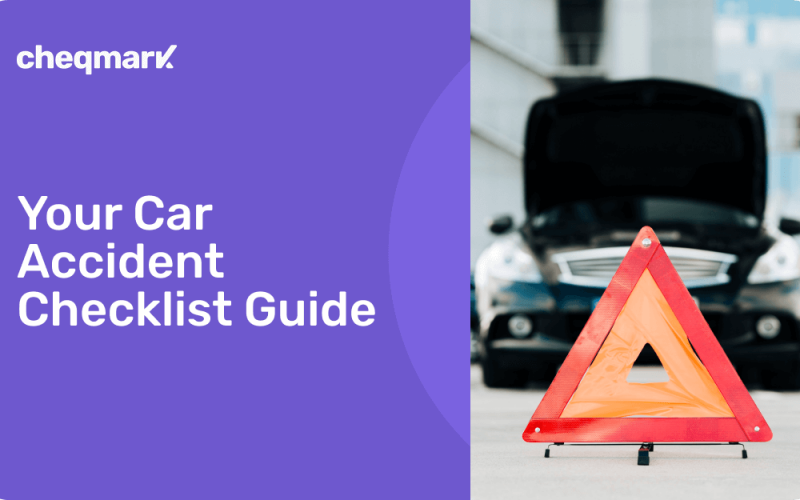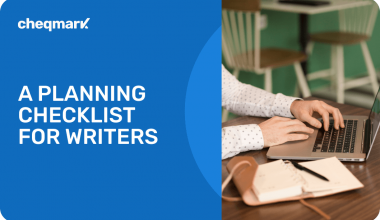Texting drivers face a shocking reality – they’re 6x more likely to crash than drunk drivers. The numbers paint a grim picture, as these drivers spend 400% more time with their eyes off the road.
Here’s a complete car accident checklist to guide you through the chaos after a collision. You’ll find everything you need about staying safe, getting help, and documenting the scene properly. Your vehicle should have emergency contacts and a first aid kit ready – these items become vital during an accident. A current paper copy of your insurance card belongs in your glove box at all times.
Let’s walk through a step-by-step accident checklist that protects your interests and helps you handle the situation right. This easy-to-follow guide covers everything from exchanging driver information to photographing the damage.
Ensure Safety and Call for Help
A car accident scene can feel chaotic. Your safety should be the top priority before you do anything else.
Activate your hazard lights immediately after the crash to alert other drivers to the accident. This simple step substantially reduces the risk of another collision.

Look around to see if it’s safe to stay where you are. Move your vehicle to the side of the road, away from traffic, if you can do so safely. If your car won’t start or it’s too dangerous to move, keep your seatbelt on and stay inside until help comes.
Take stock of your own injuries before helping others. Your body’s adrenaline can mask pain, so be sure to check yourself carefully. Once you’re sure you’re okay, check on your passengers and others in the crash if you can move safely.
Calling 911 is vital in these situations:
- Someone is hurt (even minor injuries might be worse than they look)
- Cars are blocking traffic and can’t be moved safely
- There’s gas, glass, or debris creating danger
- Someone has fled the scene
- A driver seems drunk
Take extra safety steps while waiting for emergency teams. Set up reflective triangles, cones, or road flares around the crash site if available. Road flares are the most effective option, as they shine five times brighter than electric alternatives and perform well in adverse weather conditions.
Some states don’t require police for minor crashes with no injuries and minimal damage. Notwithstanding that, you should report the accident to the authorities. Police will document everything and create a report that helps with insurance claims.
Your safety matters most—don’t put yourself at risk while handling the accident scene.
Exchange and Record Key Information
After making sure everyone is safe, you need to exchange information with the other driver. This step is crucial for insurance claims and any subsequent legal issues.
Here’s the important information you need to get from the other driver:
- Full name and contact information (phone number and address)
- Insurance company name and policy number
- Driver’s license and license plate numbers
- Vehicle details (year, make, model, and color)
- Location of the accident
Stay calm and polite while you do this, but be careful about what you say. Just share contact and insurance details. Don’t talk about how the accident happened. Simple comments like “I didn’t see you” could sound like an admission of fault. This might affect your insurance claim later.
Don’t discuss who’s at fault with the other driver. Insurance adjusters should make this decision after reviewing all the evidence. Stress can cloud your judgment, and you might blame yourself without seeing the whole picture.
Get contact details from any witnesses at the scene. Their unbiased perspective could help your case. Ask for their names, phone numbers, and addresses. See if they’ll write down what they saw.

Inform the police about any helpful witnesses when they arrive. Police officers usually speak with witnesses themselves, but it’s also beneficial to have your record.
Keep your focus on getting the facts. Insurance adjusters love to hear you say you don’t need legal help – they want to settle claims for the lowest amount possible.
This part of your accident checklist helps protect your interests. You’ll have everything you need for any claims later if you follow these steps carefully and exercise caution in your communications.
Document and Report the Accident
Good documentation of your accident scene provides significant evidence for insurance claims and legal proceedings. Taking detailed photos right after the collision creates a permanent record of the incident.
You should photograph all vehicle damage from multiple angles to show the whole accident scene. Capture close-up shots of specific damage and wider views that include street signs to indicate your location clearly. Ensure that you capture the position of all vehicles, skid marks, broken glass, and road conditions. Pictures of traffic signs and road hazards near the accident site can help establish what caused the accident.
When it’s safe, take photos of any visible injuries you or your passengers may have. These photos can serve as valuable evidence if the injuries worsen later.
Obtaining contact information from witnesses at the scene can significantly enhance your case. Their unbiased point of view can be valuable, especially when liability is disputed.
Write down the responding officer’s name, badge number, and get the accident report number. The official report serves as unbiased documentation. Yes, it is important to file a police report even for minor accidents because it strengthens your position.

Once you leave the scene, call your insurance company quickly. Most policies need immediate notification to protect your coverage eligibility. New York requires you to initiate a claim within 30 days of the accident, and other states may have similarly strict deadlines.
If you’re injured—even slightly—get medical care right away. Florida and many other states give you a limited time (14 days in Florida) to seek medical care after an accident to qualify for Personal Injury Protection benefits.
Keep complete records of all accident-related expenses. This includes receipts for vehicle repairs, medical bills, transportation costs to appointments, and any other expenses from the accident.
A personal accident journal can help track your injuries, pain levels, re0covery progress, and the impact of the accident on your daily life. This ongoing record provides valuable context that official documents may overlook.
Conclusion
A car accident can feel overwhelming, but this detailed checklist will help protect your safety and legal rights. Your safety comes first – turn on hazard lights or set up road flares to secure the scene. Check for injuries and call emergency services if needed.
Exchanging information the right way will affect your insurance claims. Stay factual and avoid any statements that might suggest fault. Take photos and get witness statements as they provide key evidence that helps during insurance negotiations or legal proceedings.
Quick reporting to police and your insurance company creates an official record and keeps your coverage valid. This checklist guides you through what could be a stressful situation.
Keep this checklist in your vehicle at all times. Print a copy and store it with your insurance information and emergency contacts in your glove compartment. You can’t predict accidents, but you can be prepared. This guide helps you handle any collision with confidence and take the right steps to protect yourself and others.


